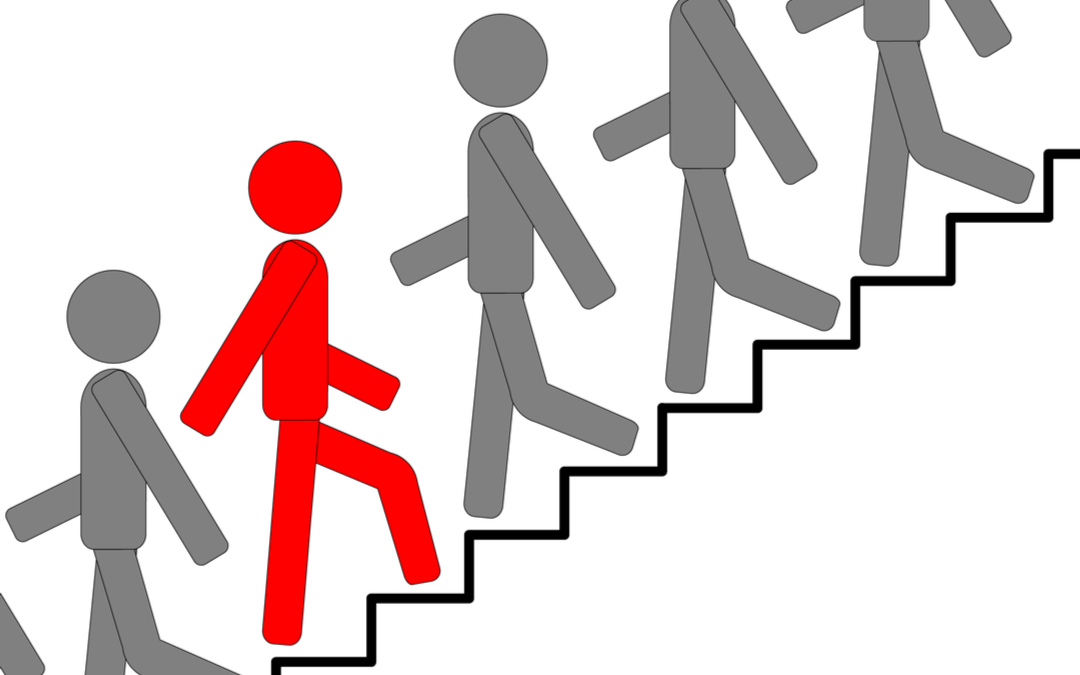Sustainable strategic fit is a concept that refers to the alignment between a company’s business strategy and its sustainable practices. In today’s business landscape, sustainability is increasingly becoming a critical factor for companies to remain competitive and relevant in the long-term. Sustainable strategic fit helps companies achieve their sustainability goals while also driving business value.
To understand sustainable strategic fit, it is important to first define what is meant by sustainability in business. Sustainability refers to the ability of a company to operate in a way that meets the needs of the present without compromising the ability of future generations to meet their own needs.… Read the rest




